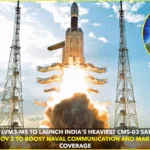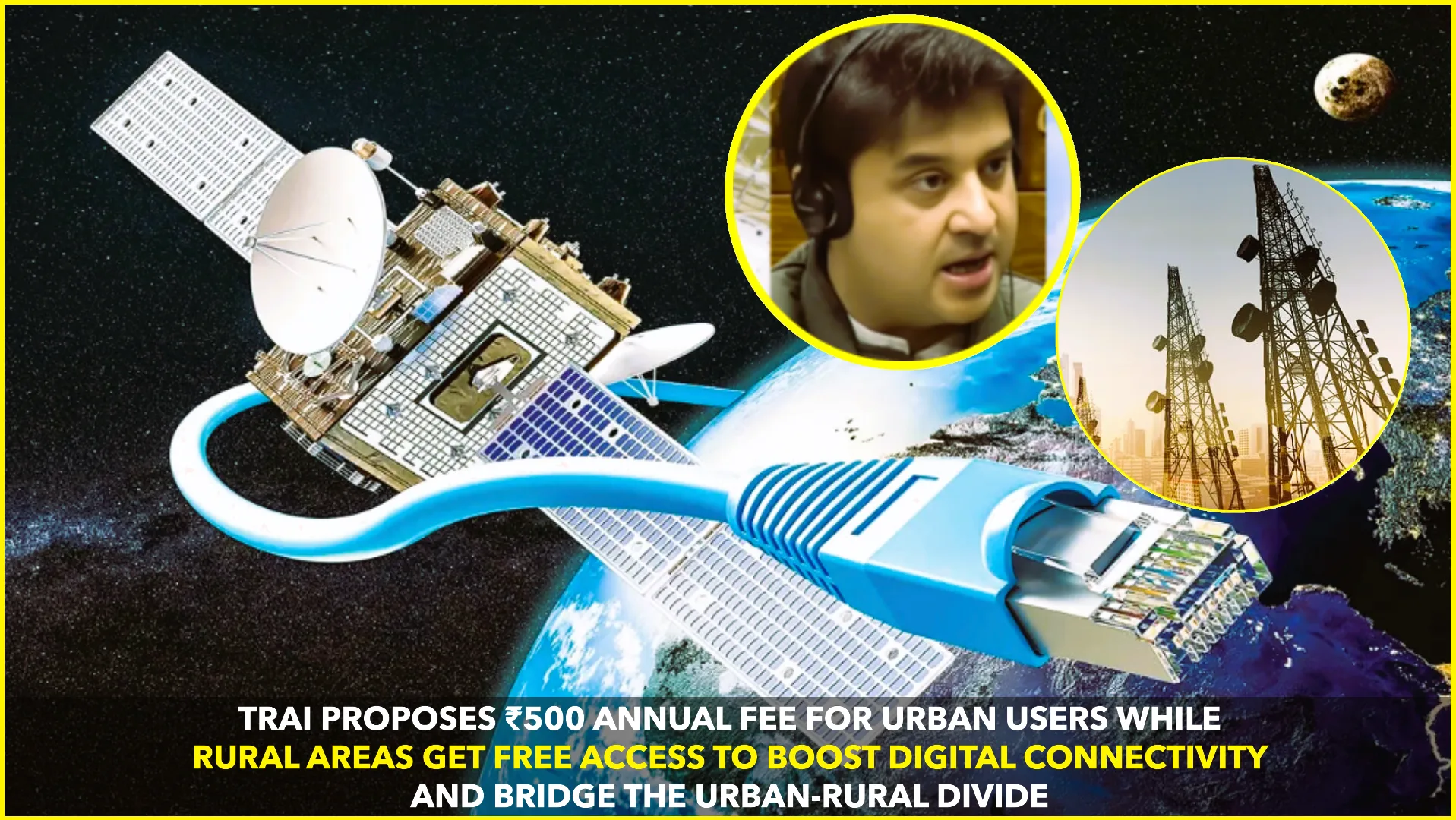The Telecom Regulatory Authority of India (TRAI) has proposed a new policy that would require satellite communication service providers to pay an additional ₹500 annually per subscriber in urban areas. This move is aimed at balancing competition in the telecom sector, boosting government revenue, and promoting the expansion of satellite internet services across India, particularly in underserved rural regions.
According to TRAI’s latest consultation paper, the proposed ₹500 fee will apply only to subscribers located in urban areas. In contrast, users in rural and remote regions will be exempt from this charge, in a bid to make internet services more accessible and affordable in these less connected parts of the country.
The annual fee is in addition to the existing 4% spectrum usage charge levied on the adjusted gross revenue (AGR) of satellite communication operators. The AGR-based spectrum charge is already a significant contributor to the telecom regulatory framework, and the new proposal is intended to further streamline the revenue model for emerging technologies like satellite broadband.
Policy Rationale: Equity, Expansion, and Revenue
TRAI’s proposal reflects a strategic approach to encourage the adoption of satellite internet in rural India, where traditional broadband infrastructure is often limited or entirely absent. By exempting rural subscribers from the extra fee, the policy aims to incentivize operators to expand their services to these underserved areas.
“Satellite communication can play a pivotal role in achieving universal broadband access,” TRAI noted in its document. “However, to ensure fair competition and sustainable business models, it is important to impose cost obligations in urban areas where the paying capacity of consumers is higher, while protecting rural users from additional charges.”
The authority believes that this pricing model will not only reduce the urban-rural digital divide but also ensure a level playing field between satellite internet providers and terrestrial telecom operators. Traditional operators often face significant costs when laying physical infrastructure in rural regions, whereas satellite providers can reach remote areas more easily via low-earth orbit (LEO) and geostationary satellites.
Impact on Operators and Consumers
The new charge could slightly increase the cost of satellite-based internet services in cities, but TRAI argues that urban users typically have higher income levels and better connectivity options, making them more capable of absorbing the additional cost. Operators like Bharti-backed OneWeb and Elon Musk’s Starlink, both of which are seeking to expand satellite internet services in India, could see marginal impacts on their pricing structures and subscriber acquisition strategies in urban centers.
However, in rural areas — where affordability is a key concern — the exemption is expected to drive demand and stimulate investment. This move could align well with the government’s broader “Digital India” mission, which aims to ensure high-speed internet access in every village.
Industry Reaction
While the policy is still in the consultation phase, industry stakeholders have expressed mixed reactions. Some satellite service providers have welcomed the rural exemption as a step toward digital inclusion. Others have raised concerns about the additional urban fee, warning that it could slow down urban adoption of satellite services, particularly among price-sensitive users.
Analysts believe that the proposal, if implemented carefully, could support the healthy growth of the satellite internet sector without significantly disrupting existing market dynamics.
Next Steps
TRAI has invited comments from stakeholders on the proposed fee structure, with a deadline set for the coming weeks. A final decision is expected after analyzing the responses from industry experts, service providers, and consumer groups.
This policy marks another step in India’s evolving digital infrastructure landscape, where satellite communication is expected to play a vital role in achieving nationwide connectivity goals.
Source:
- Telecom Regulatory Authority of India (TRAI) Consultation Paper, May 2025
- Press Information Bureau (PIB), Government of India
- Industry statements from Bharti Group and Starlink India










